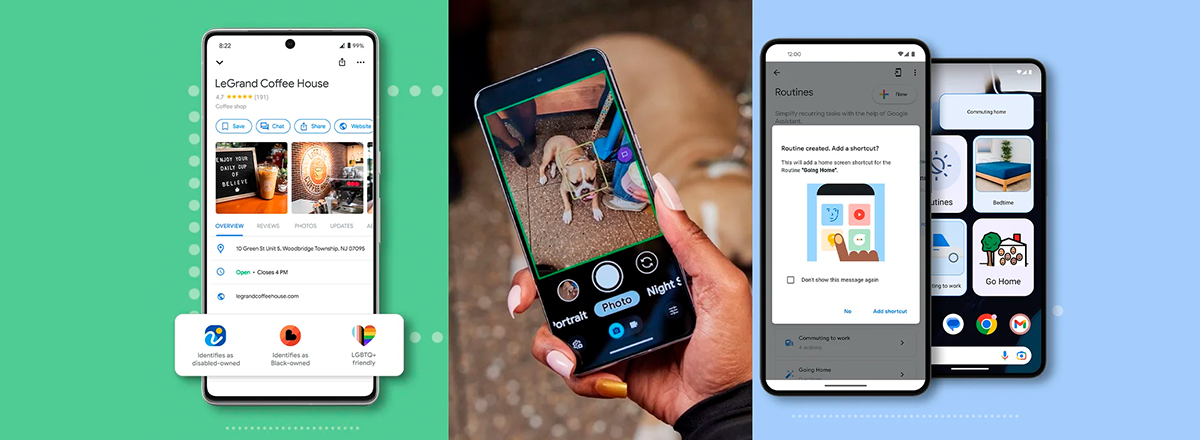Google is introducing a range of new accessibility features across its products, including Maps, Search, Chrome, and more, to make daily tasks easier for individuals with disabilities.
Chrome's Typo Correction
Google Chrome now supports automatic typo correction in website URLs. If a user begins typing an address with an error, Chrome will automatically correct it and direct them to the intended website. This feature is now available on both iOS and Android, expanding from its earlier introduction in the desktop version.
Enhancements in Google Maps
Google Maps introduces several updates to enhance accessibility:
-
Object Recognition with Lens: Users can utilize Lens in Maps for audio-guided navigation. This feature describes the surroundings and distances to objects, aiding individuals with visual impairments. It's already available on iOS and will come to Android soon.
-
Stair-Free Walking Routes: Maps now offers wheelchair-accessible walking routes globally, ensuring that users can find paths without stairs, benefiting people with mobility challenges, including those with wheelchairs, strollers, or heavy luggage.
-
Accessibility Information: Google Maps now displays accessibility information for businesses and places pages on Android Auto and vehicles with built-in Google functionality. This information includes details about step-free entrances, accessible restrooms, parking, and seating.
Customized Assistant Routines
Google Assistant Routines can now be customized further with additional functionality inspired by Action Blocks. Users can choose the style of their Routines shortcut, add custom images, and adjust the shortcut's size on the homescreen. This personalization aims to assist people with cognitive differences and disabilities.
Accessibility Camera for Pixel Phones
Google has developed the "Magnifier" app for Pixel 5 and newer models. This app utilizes the smartphone's camera to zoom in on objects, enhancing the visibility of text, signs, or distant objects. Users can customize settings such as color filters, brightness, and contrast.
Additionally, Google has improved its Guided Frame feature for taking selfies, making it more accessible for individuals who are blind or have low vision.
These updates reflect Google's ongoing commitment to creating inclusive products for individuals with disabilities. The company continues to prioritize accessibility and aims to improve the daily lives of users facing various accessibility challenges.


